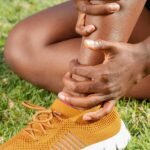How to Choose the Right Shoes to Protect Your Joints During Exercise
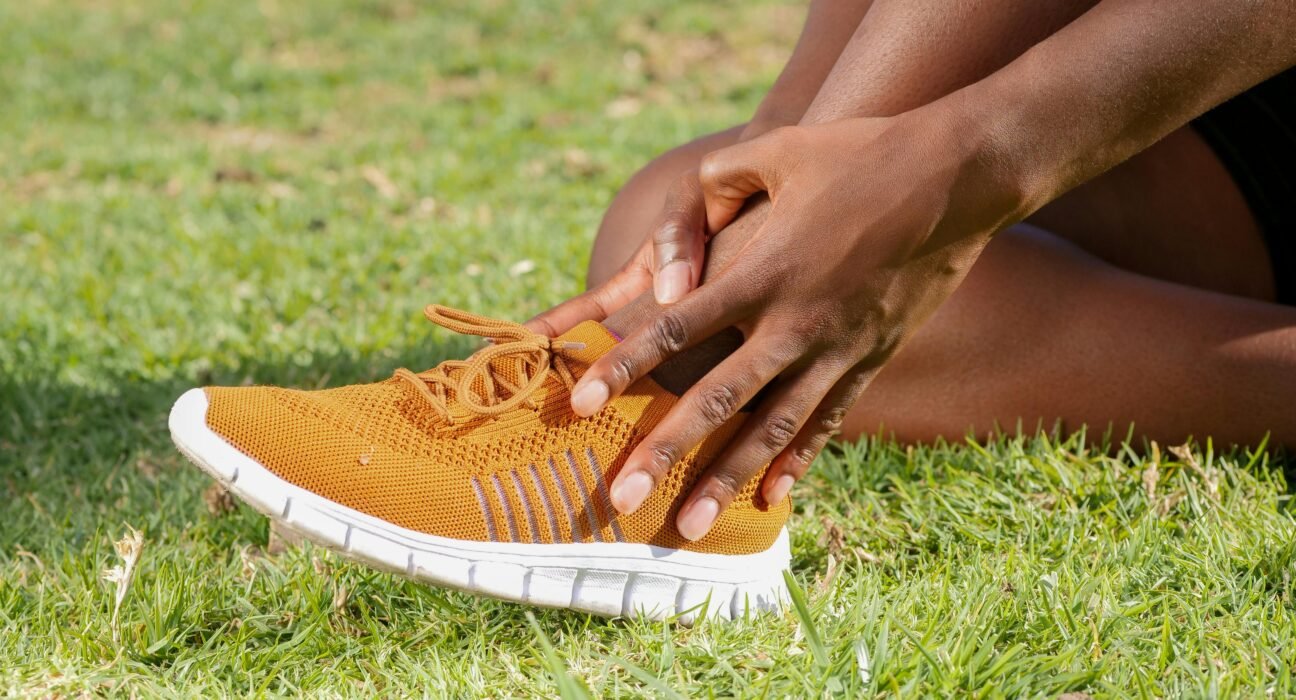
How to Choose the Right Shoes to Protect Your Joints During Exercise
As we age, joint health becomes increasingly important, especially for middle-aged individuals who want to maintain an active lifestyle. Whether you’re walking, running, or engaging in other forms of exercise, the right footwear can make a significant difference in protecting your joints from unnecessary strain and injury. This guide will help you understand what to look for in exercise shoes to promote joint health, ensuring comfort and safety during your workouts.
:max_bytes(150000):strip_icc()/shp-on-running-cloudsurfer-2-dcarr-0186-a73a4b68bceb479f9dd983a077cf04fd.jpeg)
Why Proper Footwear Matters for Joint Health
Your joints—particularly in the knees, ankles, and hips—bear the brunt of your body weight during physical activity. Wearing improper or unsupportive shoes can lead to misalignment, increased stress on your joints, and even long-term conditions like osteoarthritis. Proper footwear not only cushions your joints but also ensures optimal biomechanics, reducing the risk of injury and enhancing overall mobility .1 .3 .11.
:max_bytes(150000):strip_icc()/running-shoes-for-knee-pain-tout-93ff48a9fe71453194addb687b2bb568.jpg)
Key Features of Joint-Friendly Shoes
When choosing shoes for exercise, focus on features that support joint health:
:max_bytes(150000):strip_icc()/running-shoes-for-knee-pain-tout-93ff48a9fe71453194addb687b2bb568.jpg)
1. Arch Support
-
Proper arch support helps distribute weight evenly across your feet, reducing pressure on your knees and hips.
-
Look for shoes with built-in arch support or consider custom orthotics if you have flat feet or high arches .4 .6 .13.
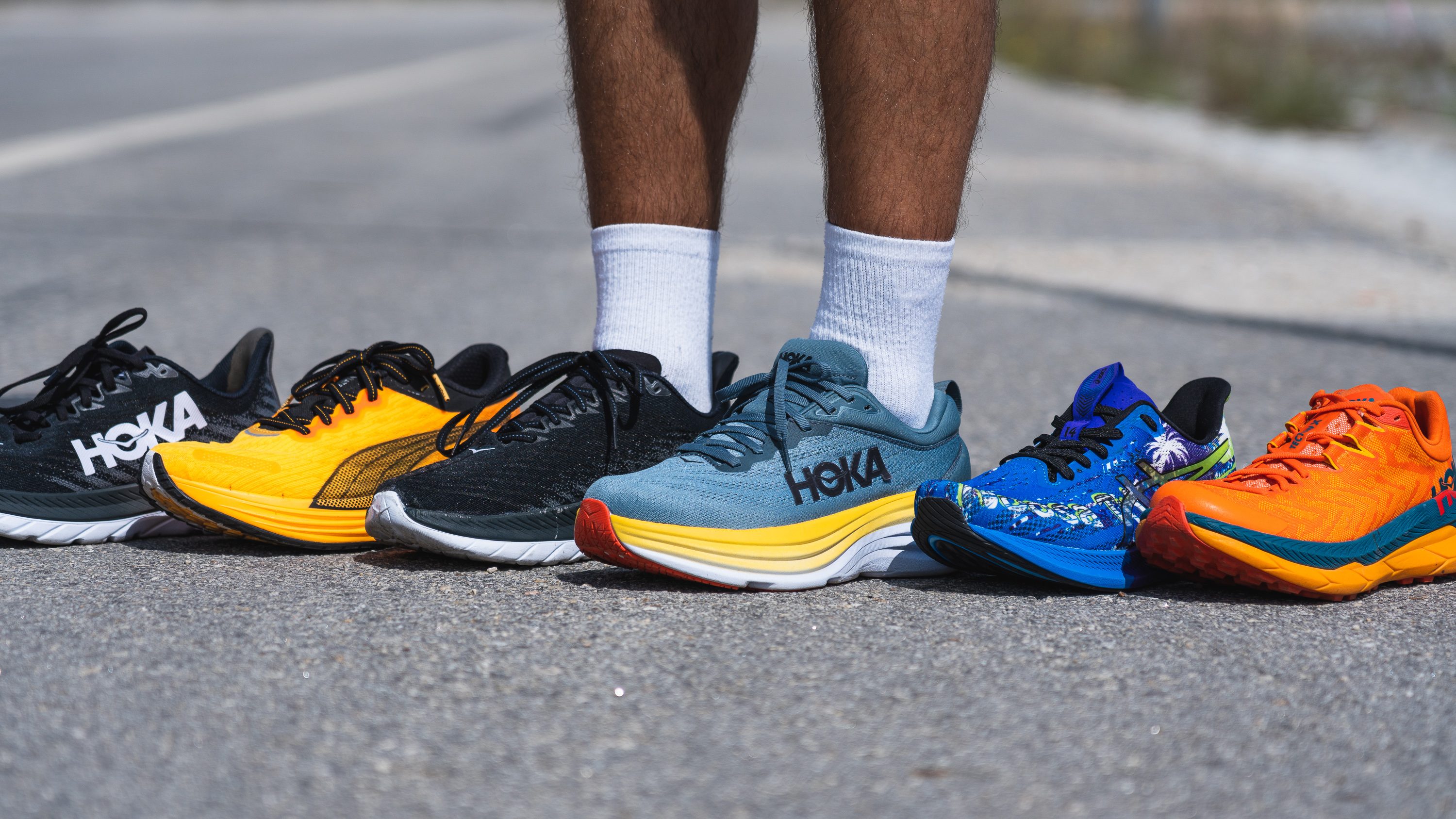
2. Cushioning
-
Cushioning absorbs shock during high-impact activities like running or jumping.
-
Opt for shoes with midsoles made from materials like EVA foam or gel inserts to reduce impact on your joints .3 .8.

3. Heel Height
-
High heels alter your gait and increase stress on your knees and lower back.
-
Choose shoes with low to moderate heel heights (no more than 1–2 inches) for better alignment .1 .9.
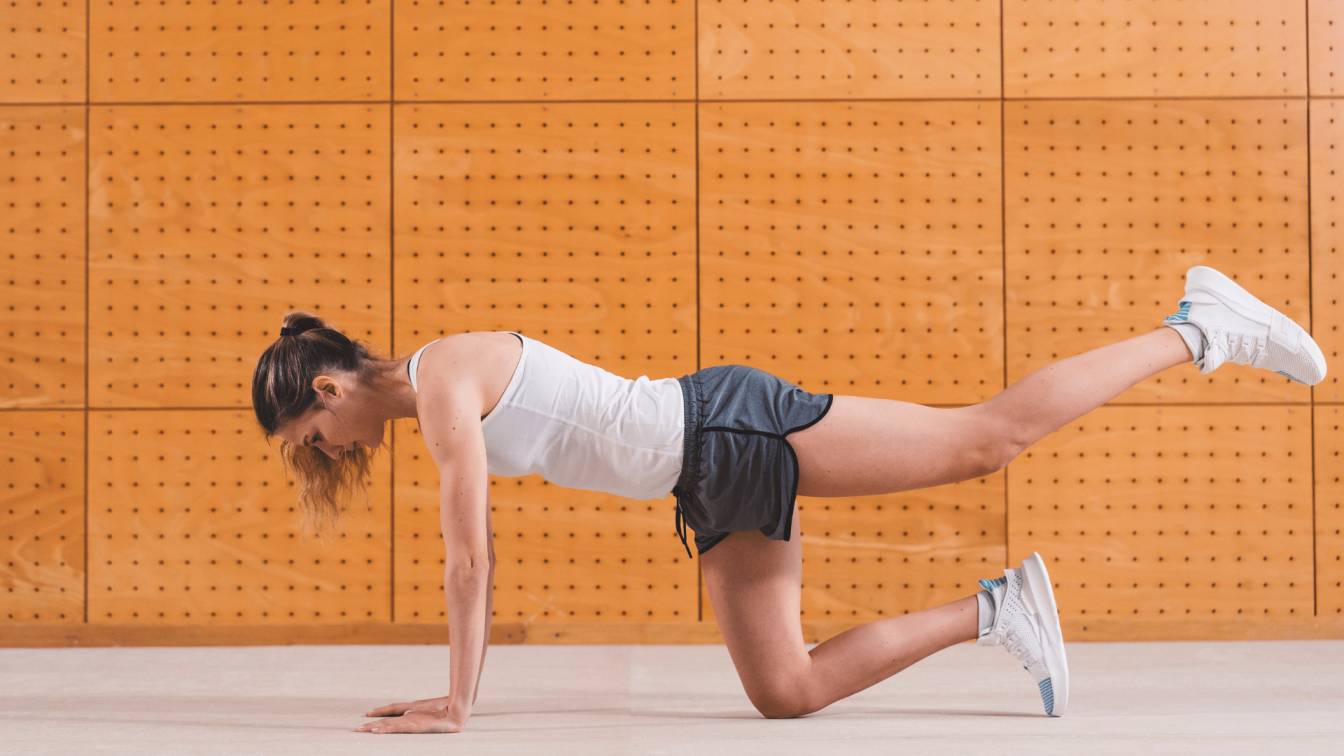
4. Fit and Comfort
-
Ill-fitting shoes can cause blisters and exacerbate joint pain.
-
Ensure there’s enough room in the toe box for your toes to move freely, and opt for adjustable features like laces or Velcro straps for a snug fit .8 .10.
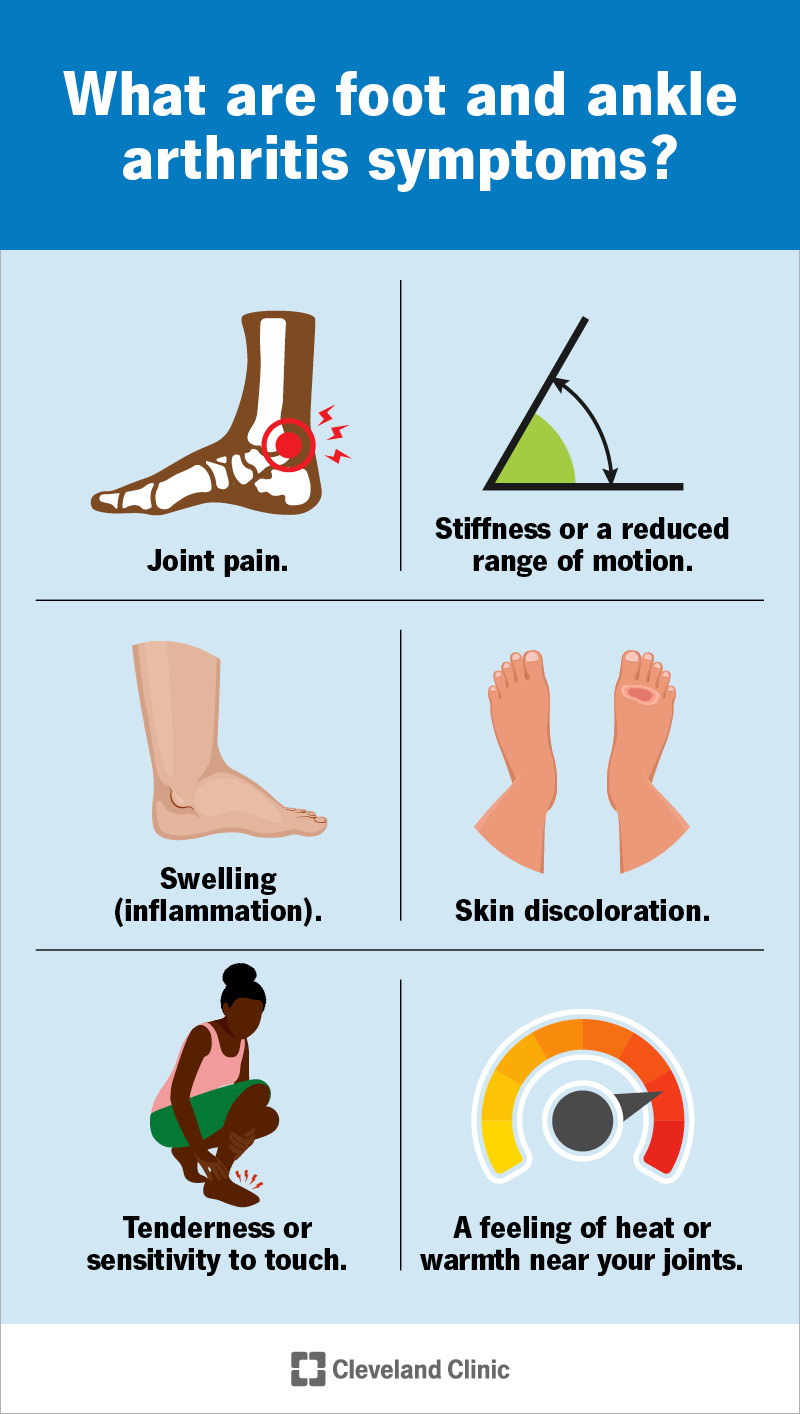
5. Stability
-
Stability features help control foot motion, reducing strain on your joints.
-
Look for shoes with a firm midsole, supportive heel counter, and wide soles for better balance .5 .12.

6. Flexibility
-
Shoes should allow natural foot movement without being overly rigid.
-
Flexible soles with grooves can enhance comfort and prevent stiffness .8 .9.
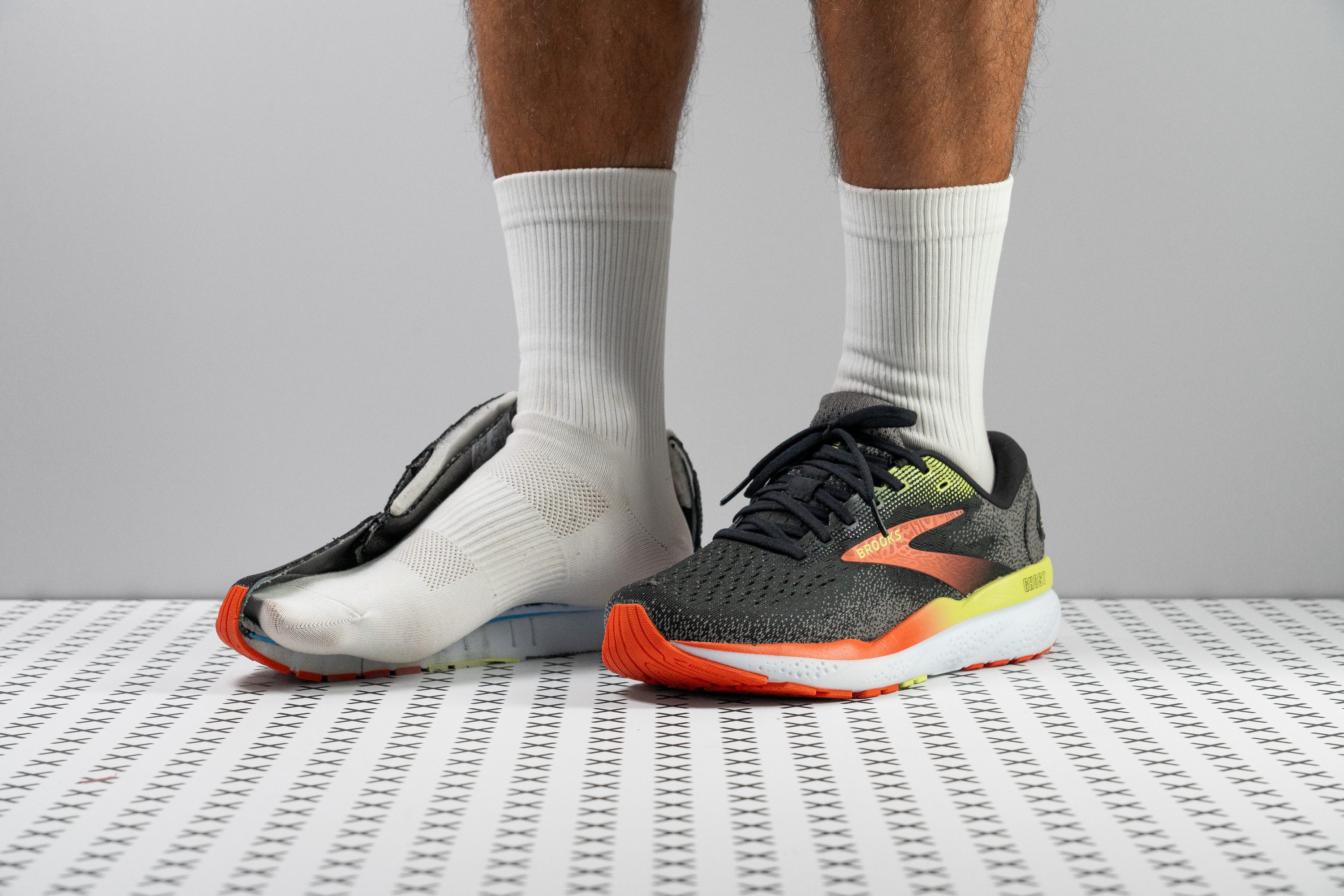
Choosing Shoes Based on Activity Type
Different activities place varying demands on your joints. Here’s how to choose the right shoes based on your preferred exercise:
:max_bytes(150000):strip_icc()/running-shoes-for-knee-pain-tout-93ff48a9fe71453194addb687b2bb568.jpg)
Walking
-
Look for lightweight shoes with moderate cushioning and good arch support.
-
A slightly curved sole (rocker sole) can reduce stress on the forefoot and knees .12.

Running
-
Running shoes should have ample cushioning to absorb impact and a design that promotes forward motion.
-
Brands like Brooks, ASICS, and Hoka One One are often recommended for their cushioning and stability features .6 .7.
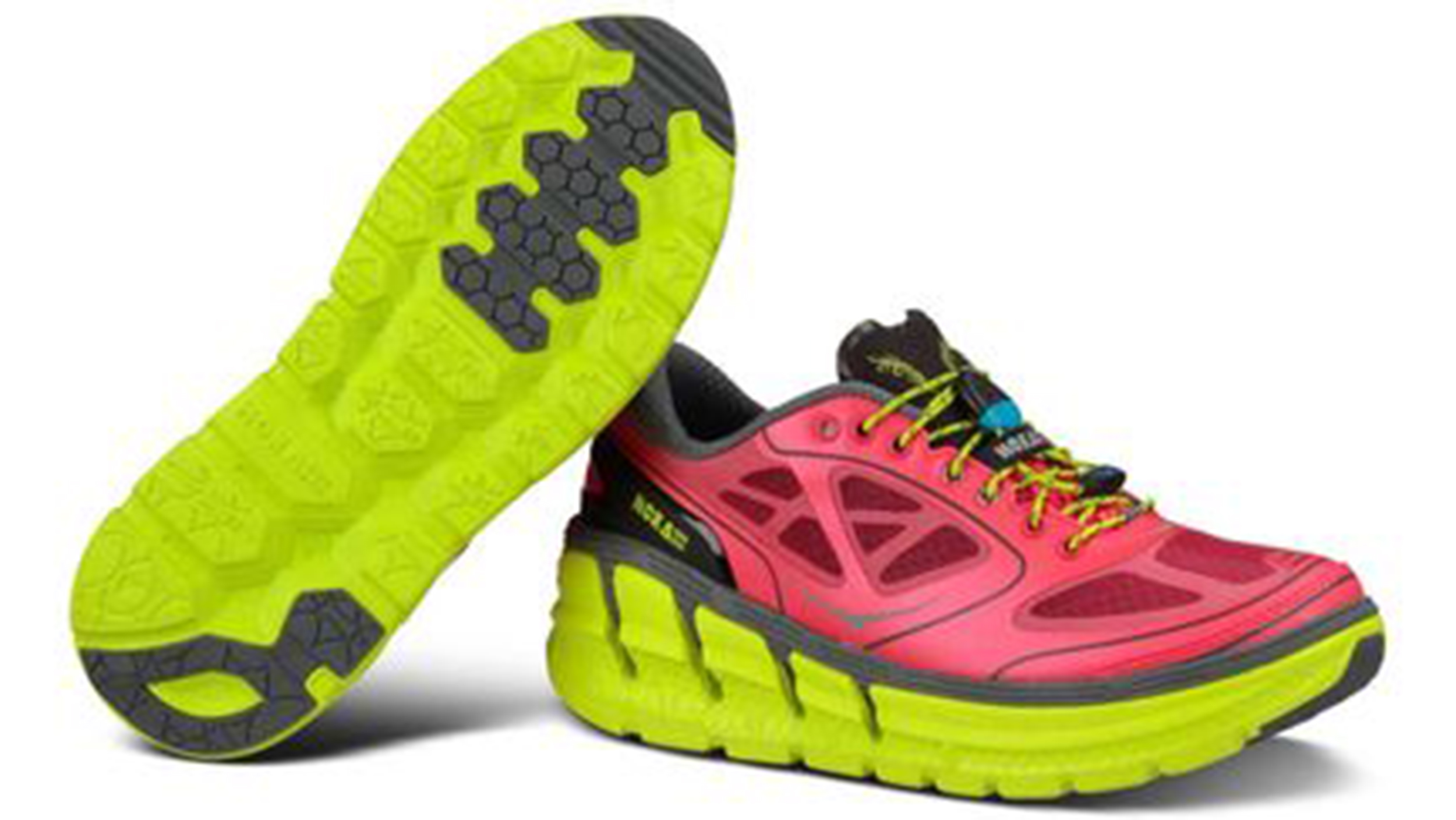
Strength Training
-
Opt for flat-soled shoes with minimal cushioning to provide a stable base for lifting weights.
-
Stability is key to maintaining proper form during exercises like squats and lunges.
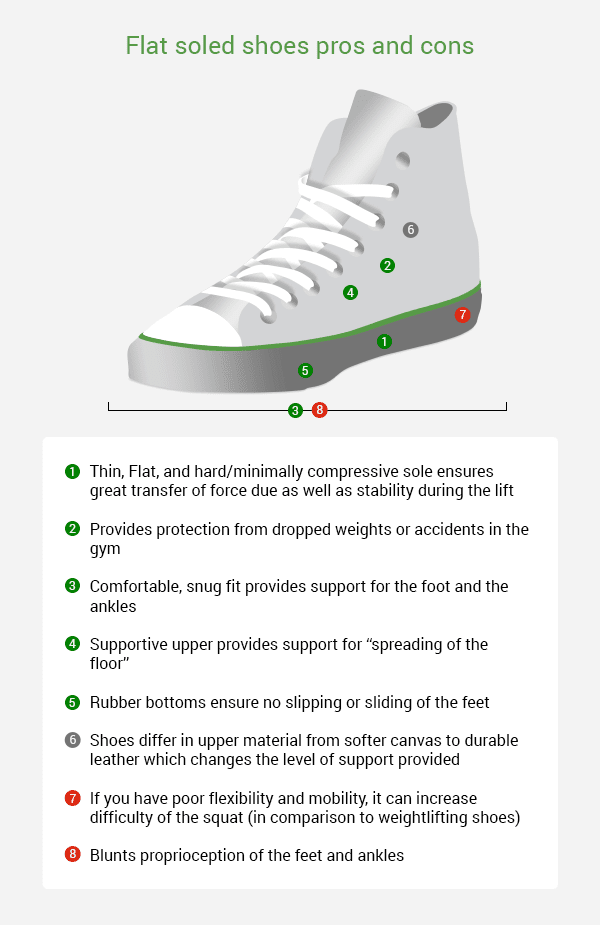
High-Impact Sports
-
Sports like basketball or tennis require shoes with extra ankle support and shock absorption.
-
Choose activity-specific footwear designed to handle lateral movements and quick stops.
:max_bytes(150000):strip_icc()/vwt-ryka-womens-devotion-xt-mid-top-training-shoe-jinfeng-chen-17-7a85333af5d2460698f09e39f96f88e2.jpeg)






